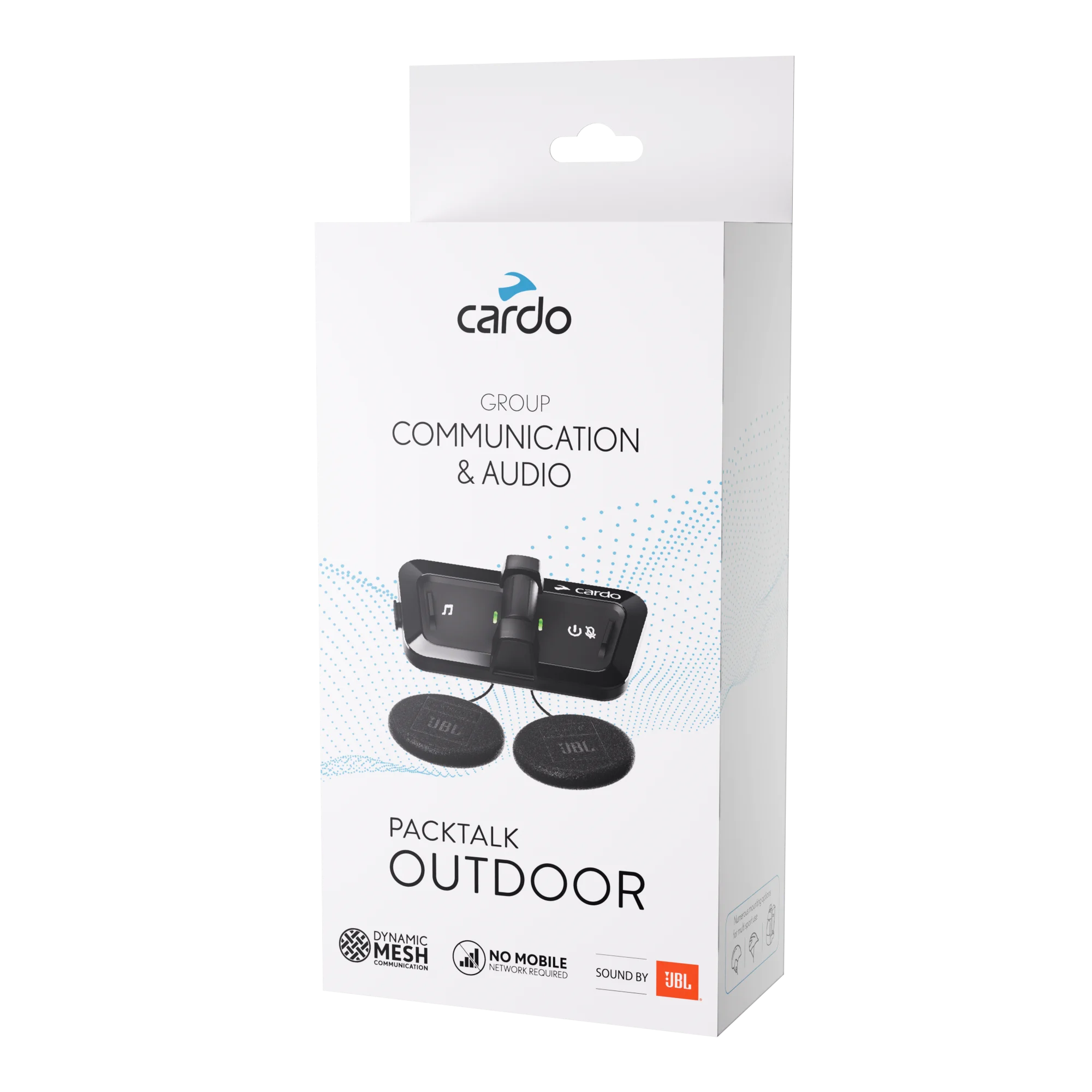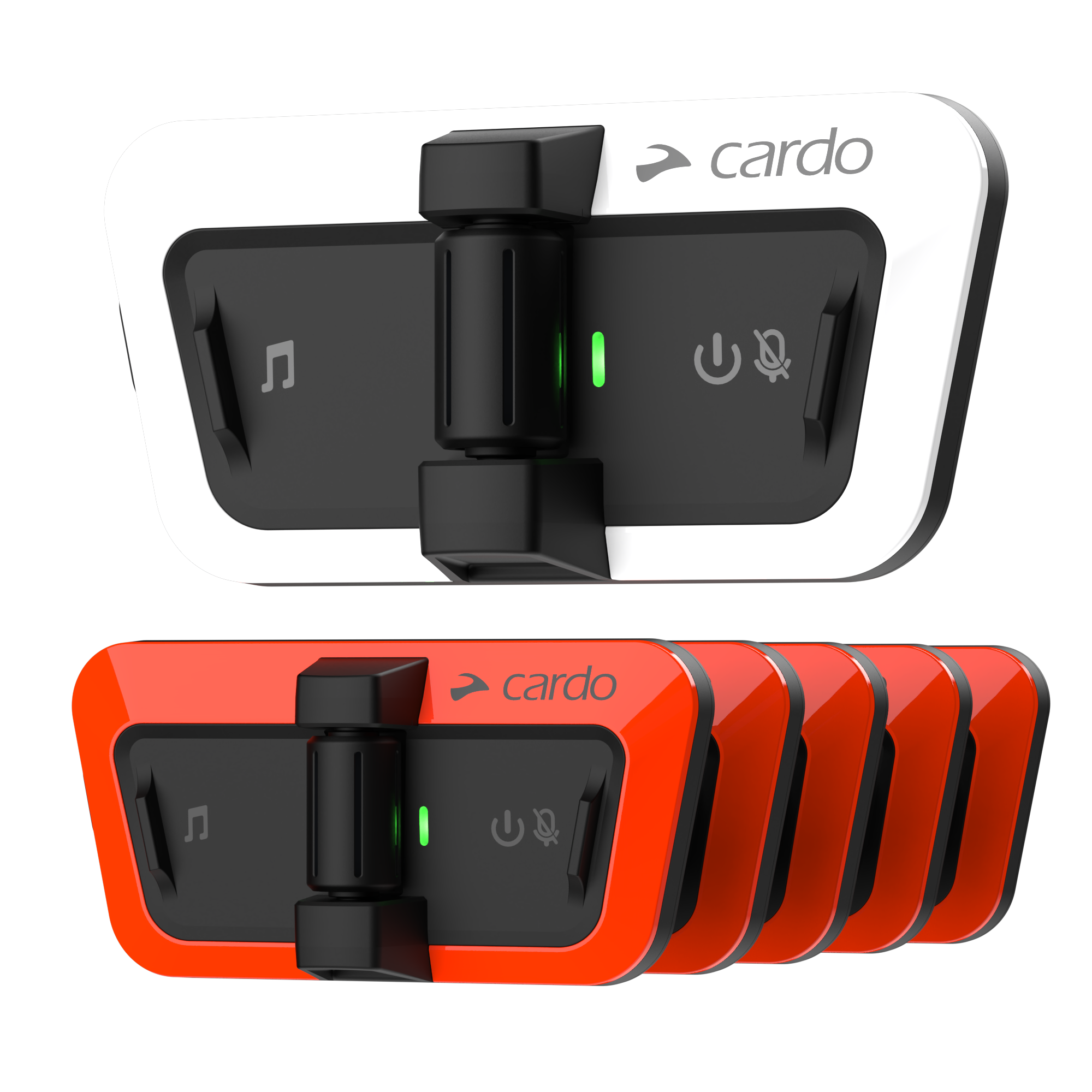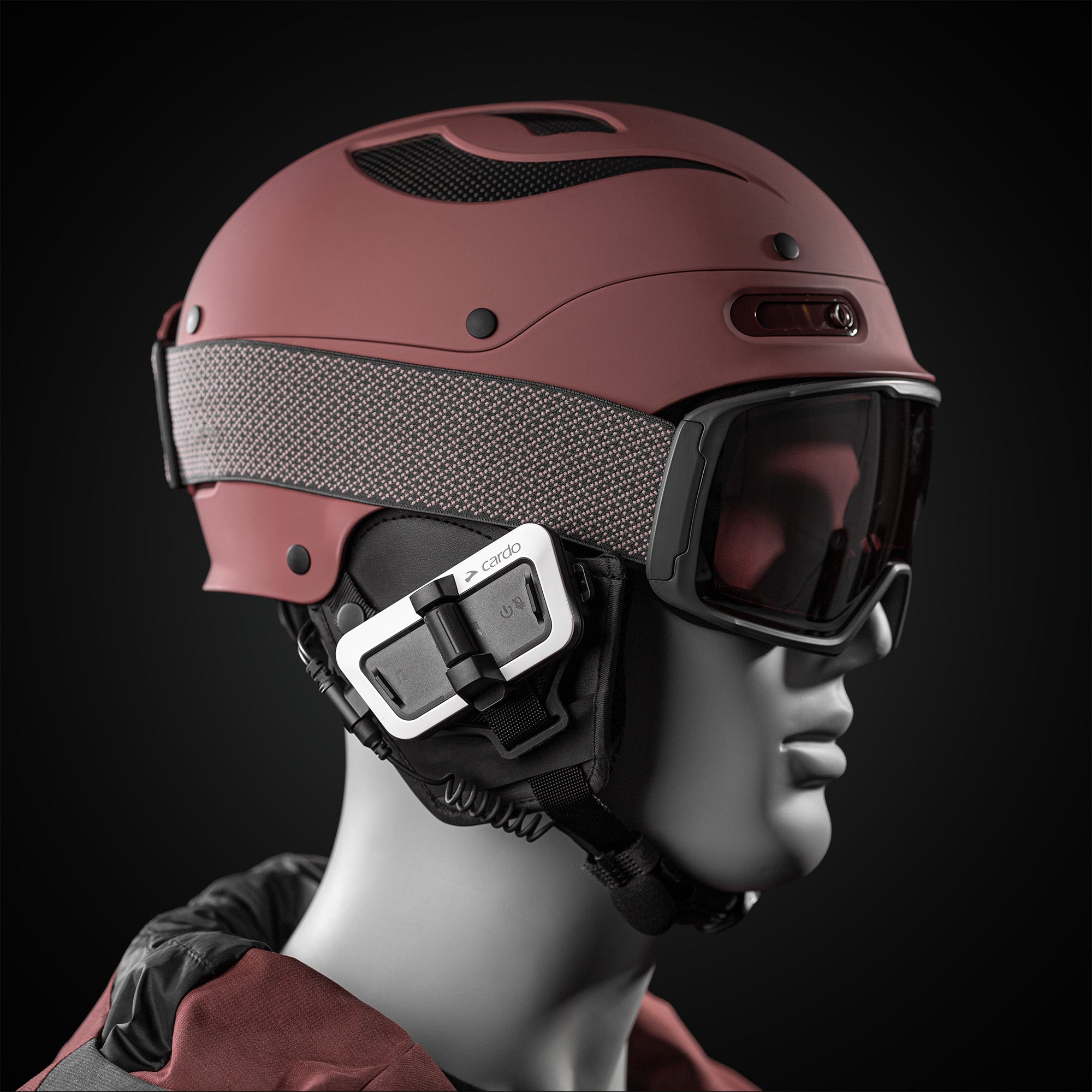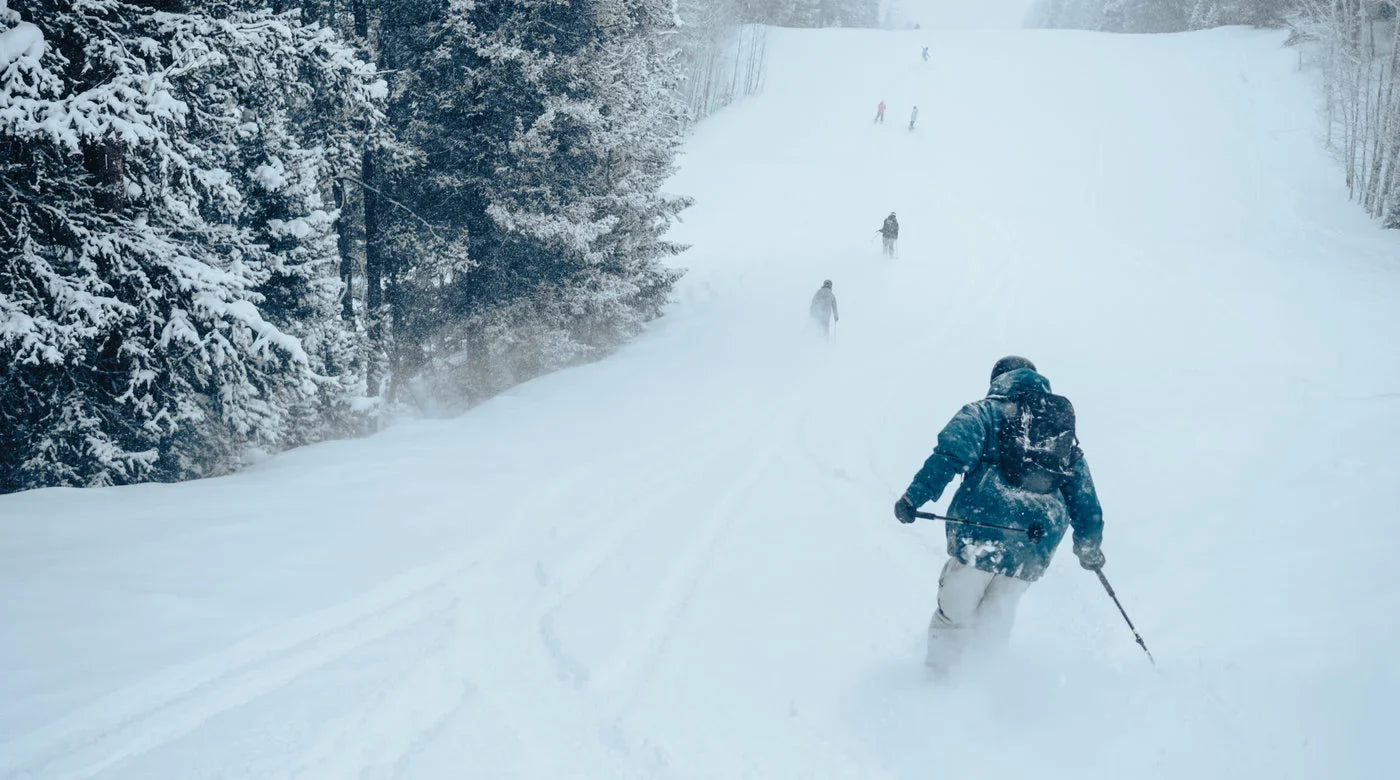Ski Resort Trends for the Upcoming Season: What’s New in 2026
The 2026 winter season is shaping up to be one of the most exciting yet for skiers and snowboarders. With technological advancements, enhanced on-mountain communication, new resorts, and updated slope regulations, this season promises both safer and more connected experiences. From innovative wearable tech to groundbreaking communication systems, technology is now central to how skiers explore and enjoy the mountains.
Ski Tech & On-Mountain Communication
Packtalk Outdoor: Redefining Group Connectivity
One of the biggest innovations on the slopes is in how groups communicate on the slopes. Traditionally, shouting, hand signals, or cellphone calls have been unreliable, especially in remote or busy areas. Enter Packtalk Outdoor, a mesh intercom system that allows up to 15 riders to stay connected everywhere without any cellular signal.
Key features include:
- Hands-free voice activation, letting you communicate naturally while skiing or snowboarding
- Dynamic Mesh Communication (DMC), which maintains connectivity across long distances and difficult terrain
- JBL-powered audio for clear sound even in high winds or noisy environments
- Rugged design, cold-weather readiness, and integration with helmets for a seamless experience
Packtalk Outdoor isn’t just about convenience — it improves safety, coordination, and enjoyment. Whether you’re skiing with friends, family, or instructors, it allows you to share turns, warn about hazards, and celebrate runs without missing a beat.
Smart Ski Gear & Wearables
2026 is also seeing the rise of AI-powered wearable technology. Boots, bindings, and backpacks now feature sensors that monitor motion, balance, and pressure, offering real-time feedback and coaching. Avalanche packs have become lighter, smarter, and more reliable, often integrating GPS and motion sensors to improve safety.
Other tech innovations include smart goggles with HUD displays, fitness and performance trackers, and apps that sync data from your wearable devices to give insights about speed, turns, airtime, and more. These tools not only enhance performance but also make skiing more interactive and engaging.
Digital Resort Ecosystems
Resorts themselves are becoming smarter. Many are rolling out apps that provide:
- Real-time lift wait times
- GPS overlays of trails
- Crowd analytics for safer and faster navigation
- Personalized route suggestions based on skill level and snow conditions
IoT-driven operations, such as automated grooming schedules and energy-efficient snowmaking, ensure consistent snow quality and reduce downtime. Resorts that leverage this technology provide a smoother, more reliable experience for visitors while also minimizing their environmental footprint.
Why Tech Matters First in 2026
The combination of wearable tech, communication systems, and digital resort ecosystems fundamentally changes how people experience skiing. Not only does it improve safety, but it also enhances enjoyment and efficiency, allowing skiers to focus more on fun and less on logistical headaches.
New & Upgraded Ski Resorts
While technology dominates attention, infrastructure improvements and new resorts are also making waves in 2026. Skiers now have a wider range of options than ever before.
- Indoor Ski Centers in Asia: These facilities extend the skiing season year-round and introduce new riders to the sport.
- European Resort Upgrades: Popular resorts like Méribel and Courchevel have upgraded gondolas, lifts, and access points to reduce congestion and improve flow.
- Hidden Gems & Smaller Resorts: Regional destinations with less crowding, local charm, and affordability are growing in popularity, appealing to skiers seeking unique experiences. Places like Bulgaria (Bansko, Borovets) and the Serre Chevalier region in France are seeing surges in bookings.
These developments not only offer more variety but also complement technology by providing terrain suitable for applying digital tools, smart gear, and communication devices like Packtalk Outdoor.
Slope Regulations & Environmental Shifts
Alongside tech and resort upgrades, regulations are evolving to prioritize safety and sustainability. Some key trends include:
- Enhanced Zone Management: Resorts are dynamically opening or closing routes based on real-time snow conditions and crowd density.
- Avalanche Mitigation: Advanced monitoring with drones and remote sensors ensures faster, safer responses to natural hazards.
- Environmental Standards: Energy-efficient snowmaking, waste reduction initiatives, and green energy adoption are increasingly required, with eco-conscious resorts often providing perks for visitors supporting sustainability.
These changes mean skiers need to be aware of new safety protocols, trail access rules, and eco-guidelines while planning their trips.
Why 2026 Is Different
Environmental pressures, changes in travel behavior, and rapid advances in wearable technology are combining to make 2026 a transformative season. It’s no longer just about skiing down a mountain — it’s about having the right technology, staying connected, and experiencing the slopes safely and sustainably.
Resorts are experimenting with smart passes, real-time slope monitoring, and digital safety tools. Meanwhile, group communication technology ensures skiers can coordinate, guide, and enjoy their trips more seamlessly than ever before.
Tips for Making the Most of the 2026 Season
- Bring Communication Tech: A mesh intercom improves safety, coordination, and group fun. Test it before hitting remote terrain to ensure range and clarity.
- Choose Smart Resorts: Use apps and digital tools for real-time information on lift times, trail conditions, and crowd density.
- Prioritize Sustainability: Eco-friendly resorts not only help the planet but may also provide perks or better experiences.
- Use Micro-Passes: Flexible ticketing options allow skiers to avoid crowds, save money, and optimize their day on the mountain.
- Stay Updated: Follow resort announcements for tech integrations, slope regulations, and new facility openings.









